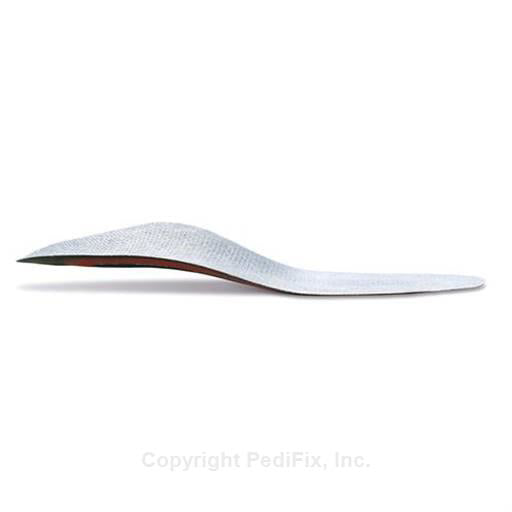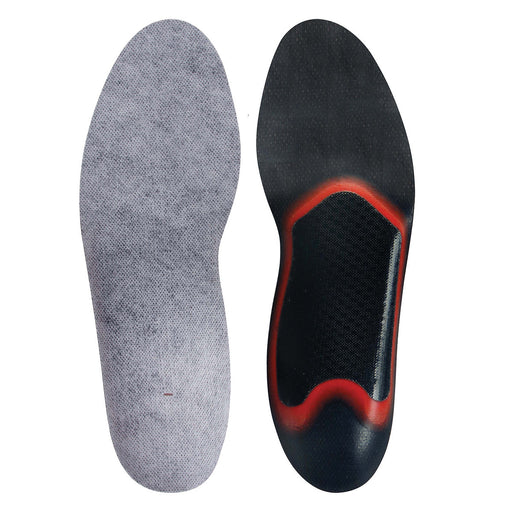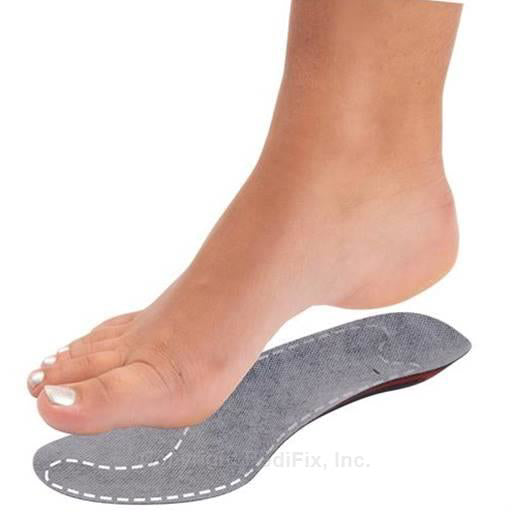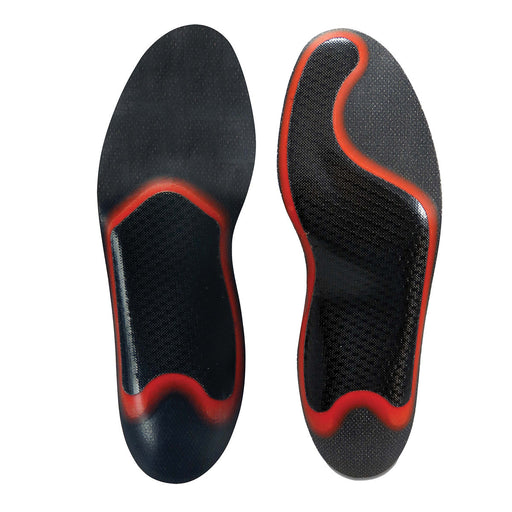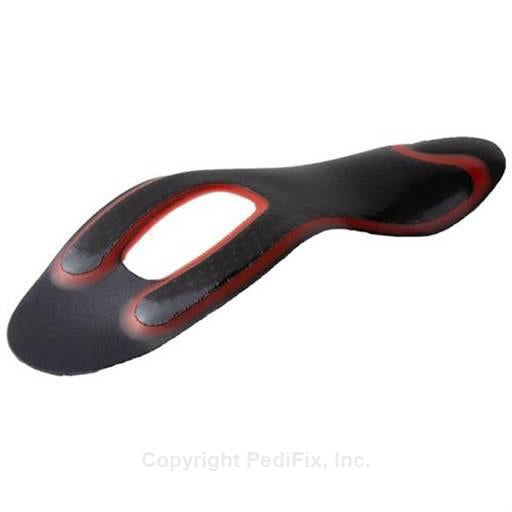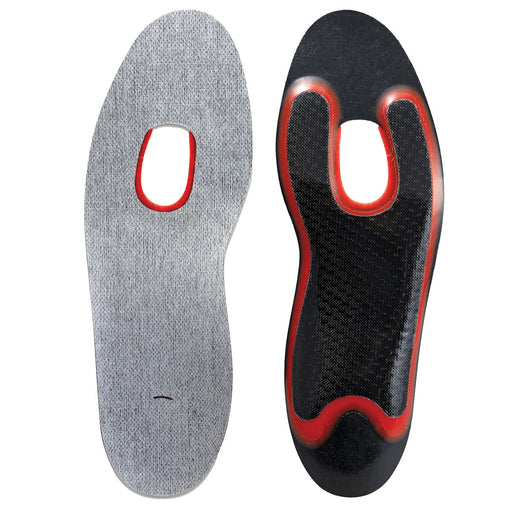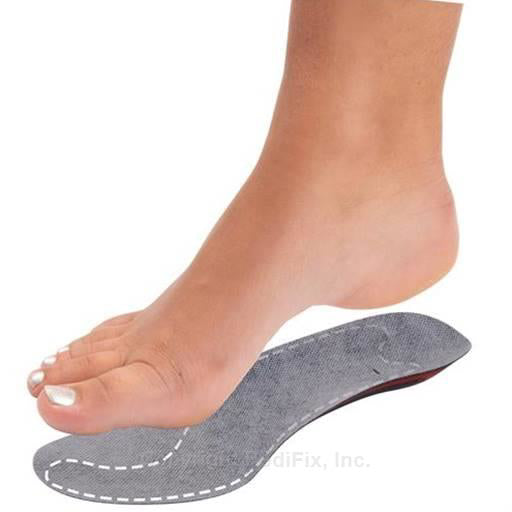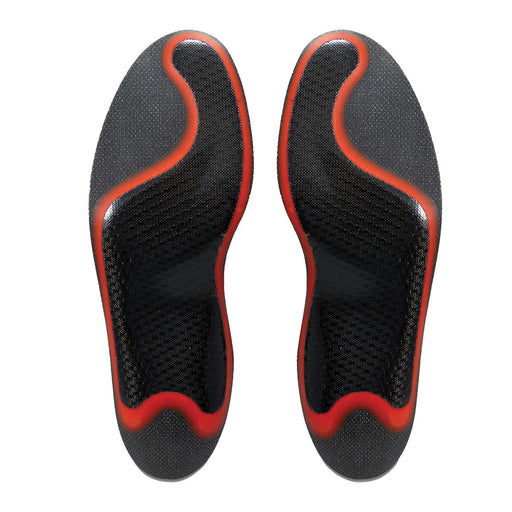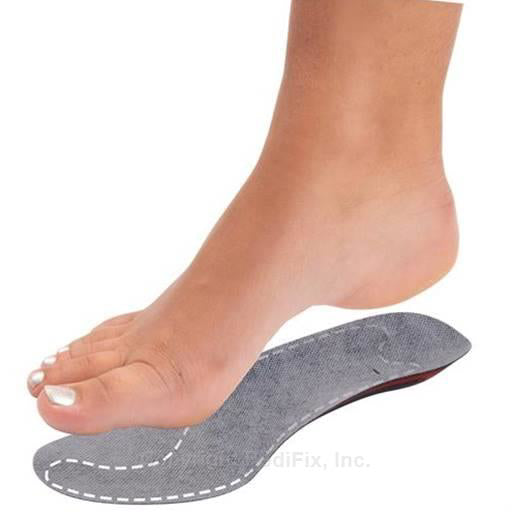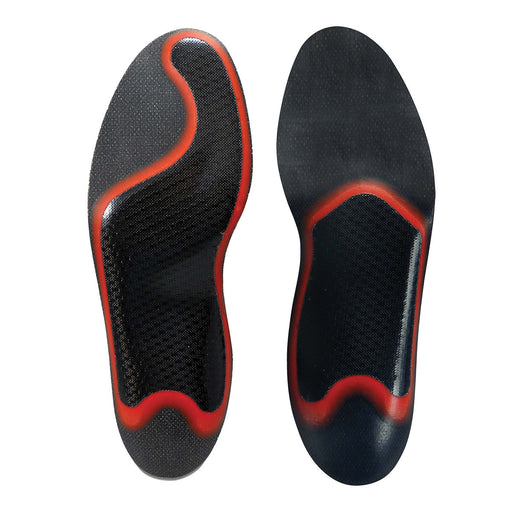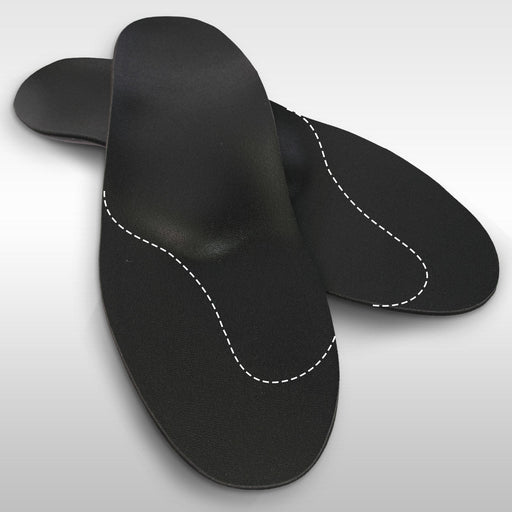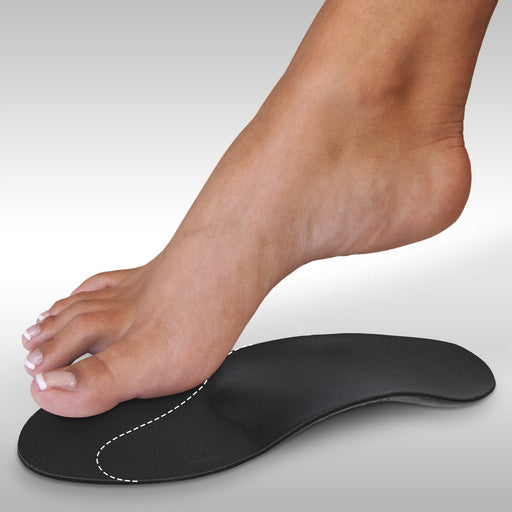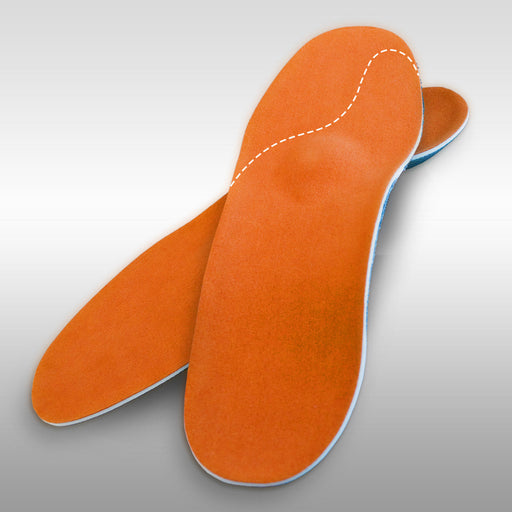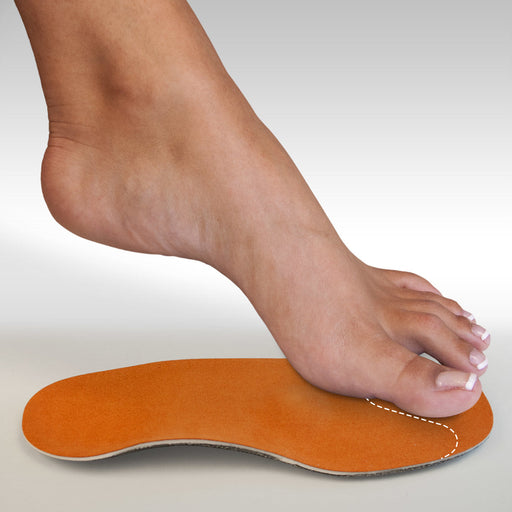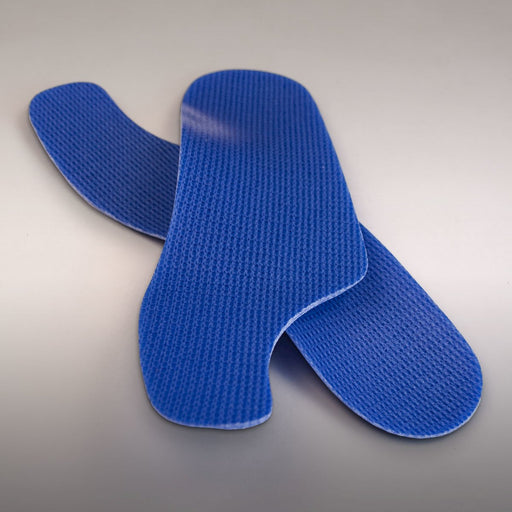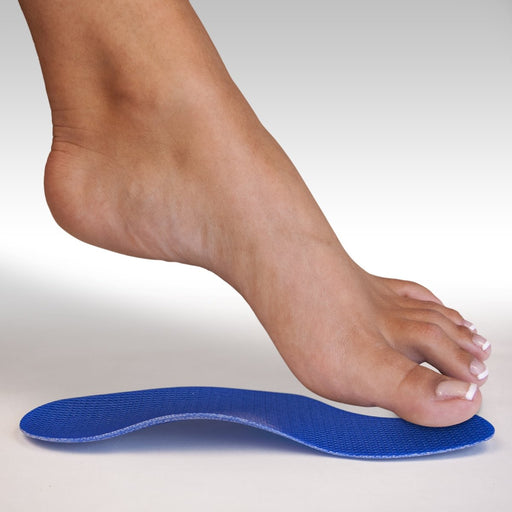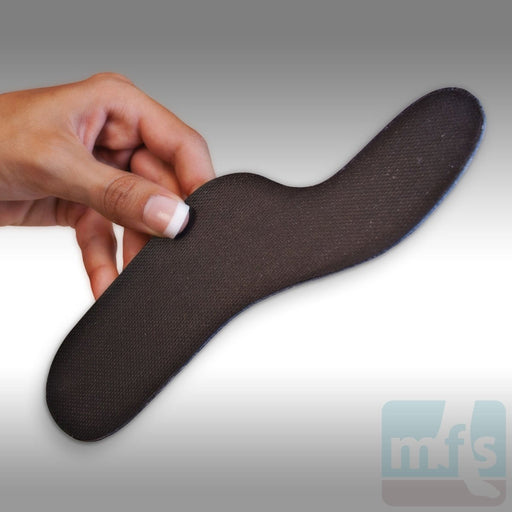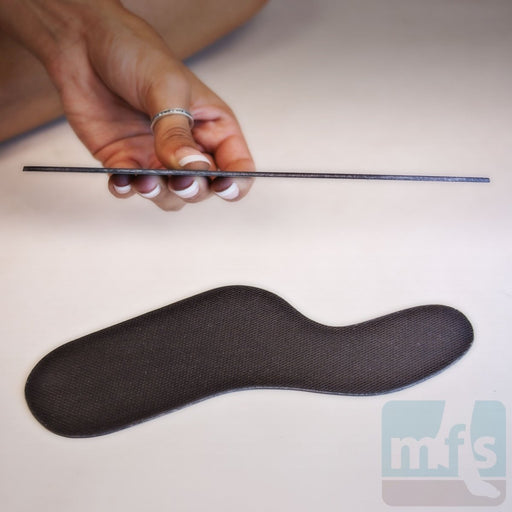Turf Toe Plates
If you suffer from big toe joint pain or stiffness, you’ve discovered proven solutions! These specialized shoe inserts reduce the flexibility of your shoes just enough to relieve pain -- often instantly -- and let you get back to your favorite activities. Turf Toe, Hallux Limitus, Hallux Rigidus, Arthritis, Sesamoid Injury, Fractures, and Bunion Surgery Stabilization are just some of the conditions these relieve. Just place them into your shoes for newfound comfort you may not have thought possible without surgery. See Reviews from other users and shop with confidence.
Filters
- Aching Feet and Legs (2)
- Arch Pain (4)
- Ball-of-foot Pain (2)
- Big Toe Joint Pain (7)
- Diabetic Foot Pain (1)
- Foot Fatigue (3)
- Foot Injury (1)
- Foot Pain (6)
- Forefoot Pain (6)
- Heel Pain (1)
- Joint Pain (7)
- Metatarsal Pain (4)
- Midfoot Pain (3)
- Painful Toes (4)
- Pronation (3)
- Sesamoid Fracture (7)
- Supination (1)
- Toe Pain (7)
- Arch Injury (3)
- Arthritis of the Ankle (1)
- Arthritis of the Foot (5)
- Arthritis of the Forefoot (5)
- Arthritis of the Midfoot (4)
- Arthritis of the Rearfoot (2)
- Arthritis of the Toes (8)
- Ball-of-foot Callus (2)
- Broken Toe (6)
- Bunion (2)
- Bunionette (1)
- Bursitis (2)
- Callus (2)
- Capsulitis (2)
- Cuboid Syndrome (2)
- Fallen Arches (4)
- Flatfeet (4)
- Forefoot Bursitis (2)
- Forefoot Capsulitis (2)
- Gouty Arthritis (6)
- Hallux Limitus (7)
- Hallux Rigidus (7)
- Metatarsalgia (4)
- Morton's Neuroma (2)
- Plantar Fasciitis (1)
- Posterior Tibial Tendon Dysfunction (1)
- Sesamoiditis (8)
- Sinus Tarsi Syndrome (1)
- Tailor's Bunion (1)
- Tarsal Tunnel Syndrome (1)
- Turf Toe (8)
1stRaythotics® - Carbon Fiber Bilateral Arch Supports
5.0 / 5.0
1 Review
Stronger than steel but light as a feather, our 1stRaythotics® - Carbon Fiber Bilateral Arch Supports give midfoot support to alleviate pain associ...
View full details1stRaythotics® - Carbon Fiber Left Foot Morton's Extension
5.0 / 5.0
1 Review
1stRaythotics® - Carbon Fiber Left Foot Morton's Extension insoles are a unique, very thin, strong carbon fiber orthotic with a Morton's extension ...
View full details1stRaythotics® - Carbon Fiber Metatarsal/Neuroma Offloader
4.7 / 5.0
3 Reviews
This unique design offers semi-rigid carbon graphite extensions underneath the 1st and 5th metatarsal phalangeal joints (MTPJ), limiting their rang...
View full details1stRaythotics® - Carbon Fiber Morton's Extension Bilateral
4.1 / 5.0
8 Reviews
1stRaythotics® - Carbon Fiber Morton's Extension Bilateral are a unique, very thin, strong carbon fiber orthotic with a Morton's extension under th...
View full details1stRaythotics® - Carbon Fiber Right Foot Morton's Extension
5.0 / 5.0
2 Reviews
1stRaythotics® - Carbon Fiber Right Foot Morton's Extension insoles are a unique, very thin, strong carbon fiber orthotic with a Morton's extension...
View full details1stRaythotics® Hallux Trainer Dress Insoles
4.8 / 5.0
13 Reviews
1stRaythotics® Hallux Trainer Dress Insoles combine a semi-rigid turf toe plate called a Morton's extension with a full-length, finished arch suppo...
View full details1stRaythotics® Hallux Trainer Sport Insoles
4.5 / 5.0
60 Reviews
The 1stRaythotics® Hallux Trainer Sport Insoles combine a semi-rigid turf toe plate, called a Morton's extension, with a full-length, finished arc...
View full detailsHalluxthotics™ GXT Fiberglass Turf Toe Supports
4.7 / 5.0
26 Reviews
Halluxthotics™ GXT Fiberglass Turf Toe Arch Supports are used to limit the range of motion of the great toe, relieving pain in the big toe joint. ...
View full detailsXTC Carbon Fiber Graphite Turf Toe Relief Insole
4.5 / 5.0
11 Reviews
The XTC Carbon Fiber Graphite Turf Toe Relief Insole supports, stabilizes, and reduces big toe joint range of motion,while allowing your smaller t...
View full details
